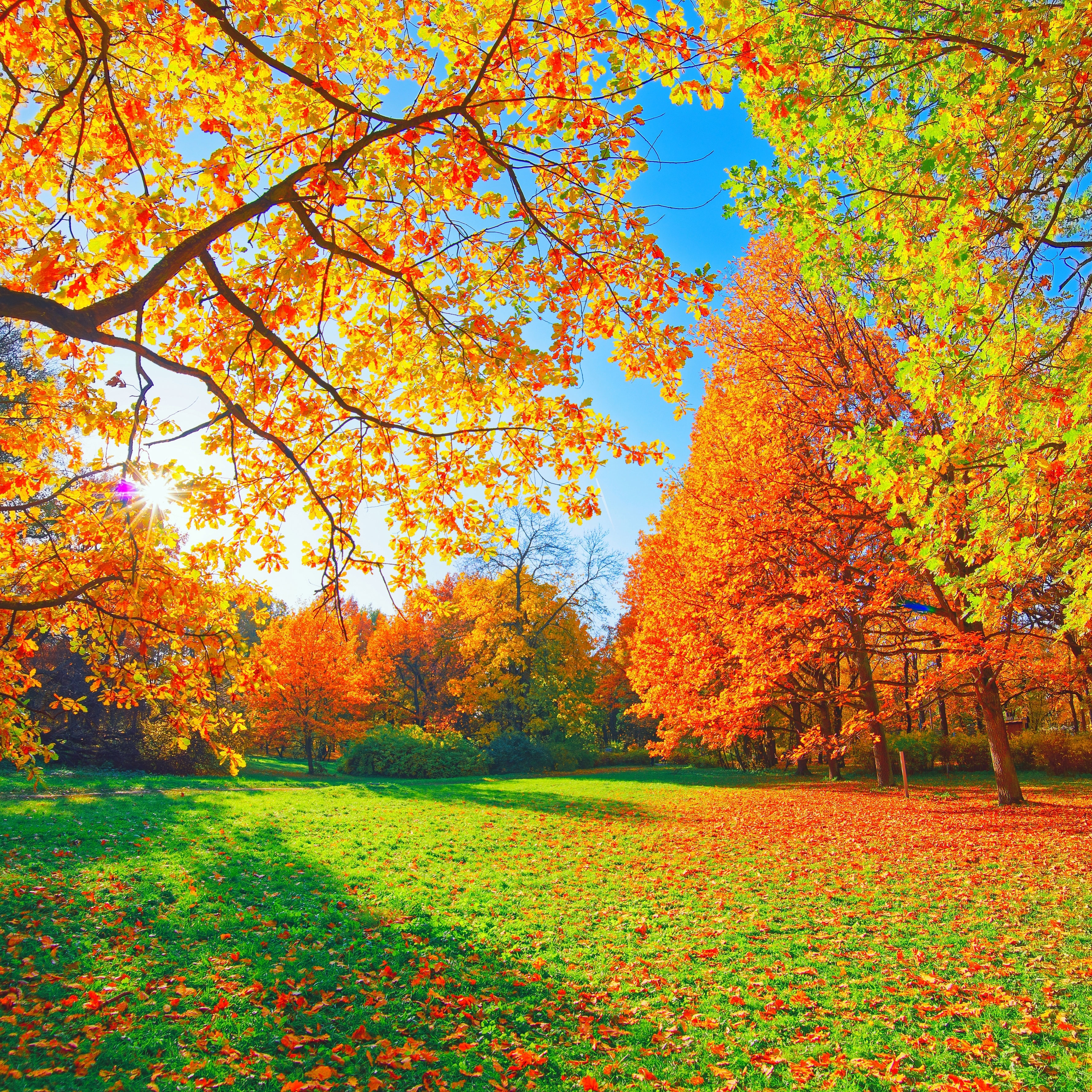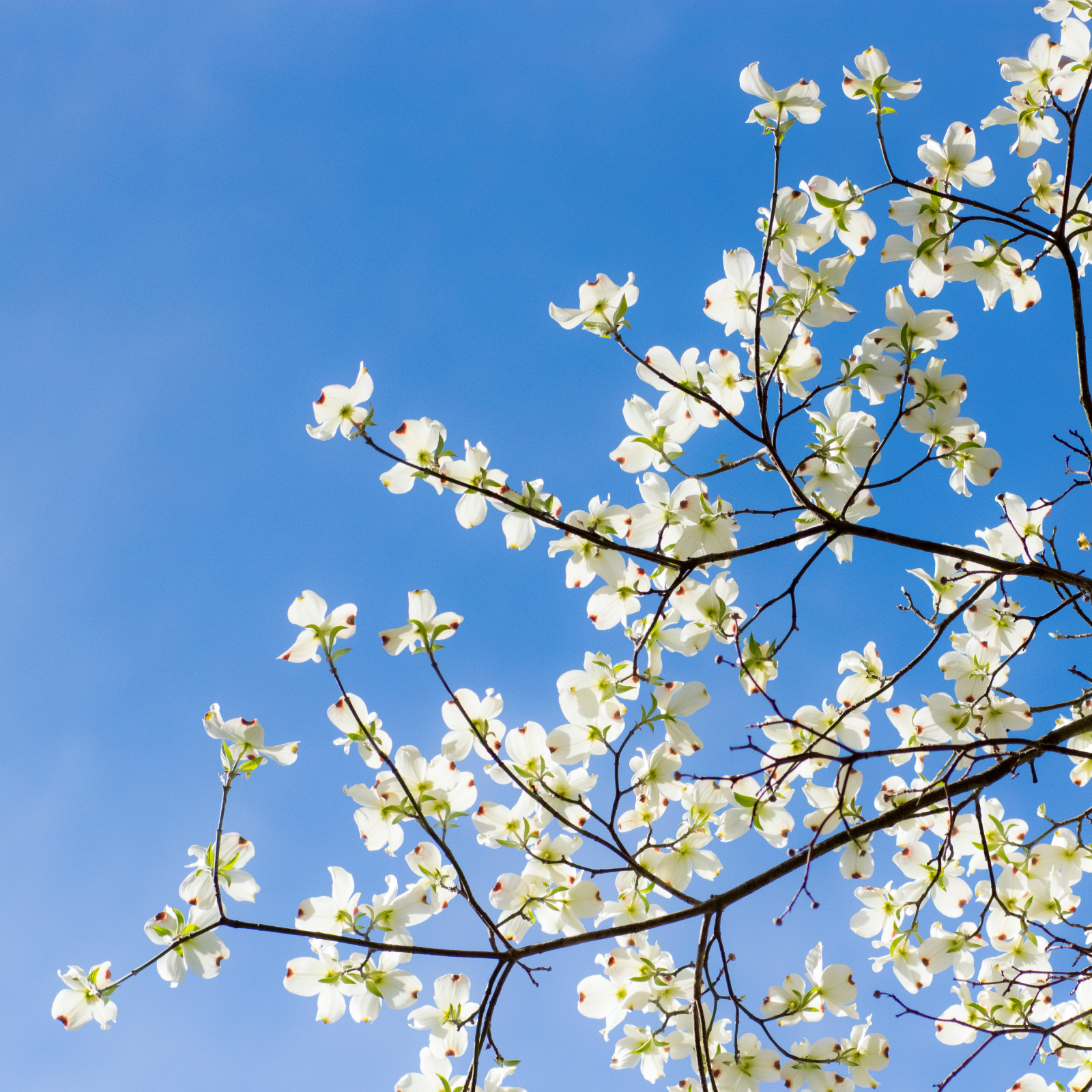Trees
Trees are normally a welcome addition to the home landscape, so finding tree growing information is an essential part of their care. Whether you are needing this information for planting trees, the pruning of trees, or getting rid of ornamental trees that have outlasted their welcome, the following pages should help. Keep reading to find the type of tree care information that meets your needs. Our tree growing information continues to grow, so if you don’t find it now, keep checking. New articles are regularly added.
Explore Trees
-

Japanese Maple Leaves Turning Brown? Here Are 4 Reasons Why – And What You Can Do To Help
While some ornamentals flourish in summer, others can get sulky. Japanese maple leaves turning brown is a sign something is wrong – here's why your acer is off color
By Janey Goulding
-
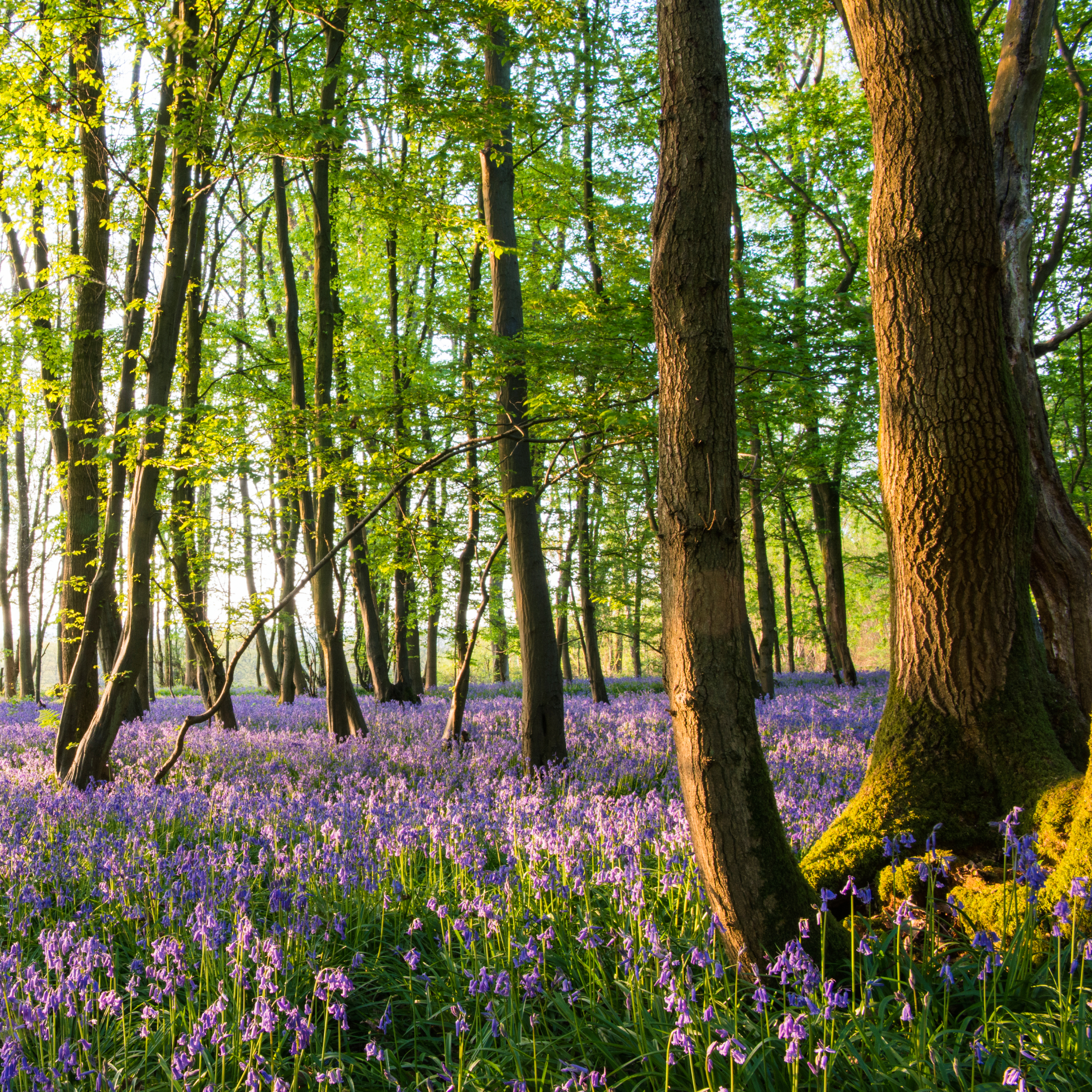
“I Created A Forest For Free” – A Gardening Writer Shares How She Planted 250 Trees Without Buying A Single One
Have you ever wanted your own forest or even just a few new trees? Learn how one of our writers planted an entire forest for free and how you can do the same.
By Teo Spengler
-
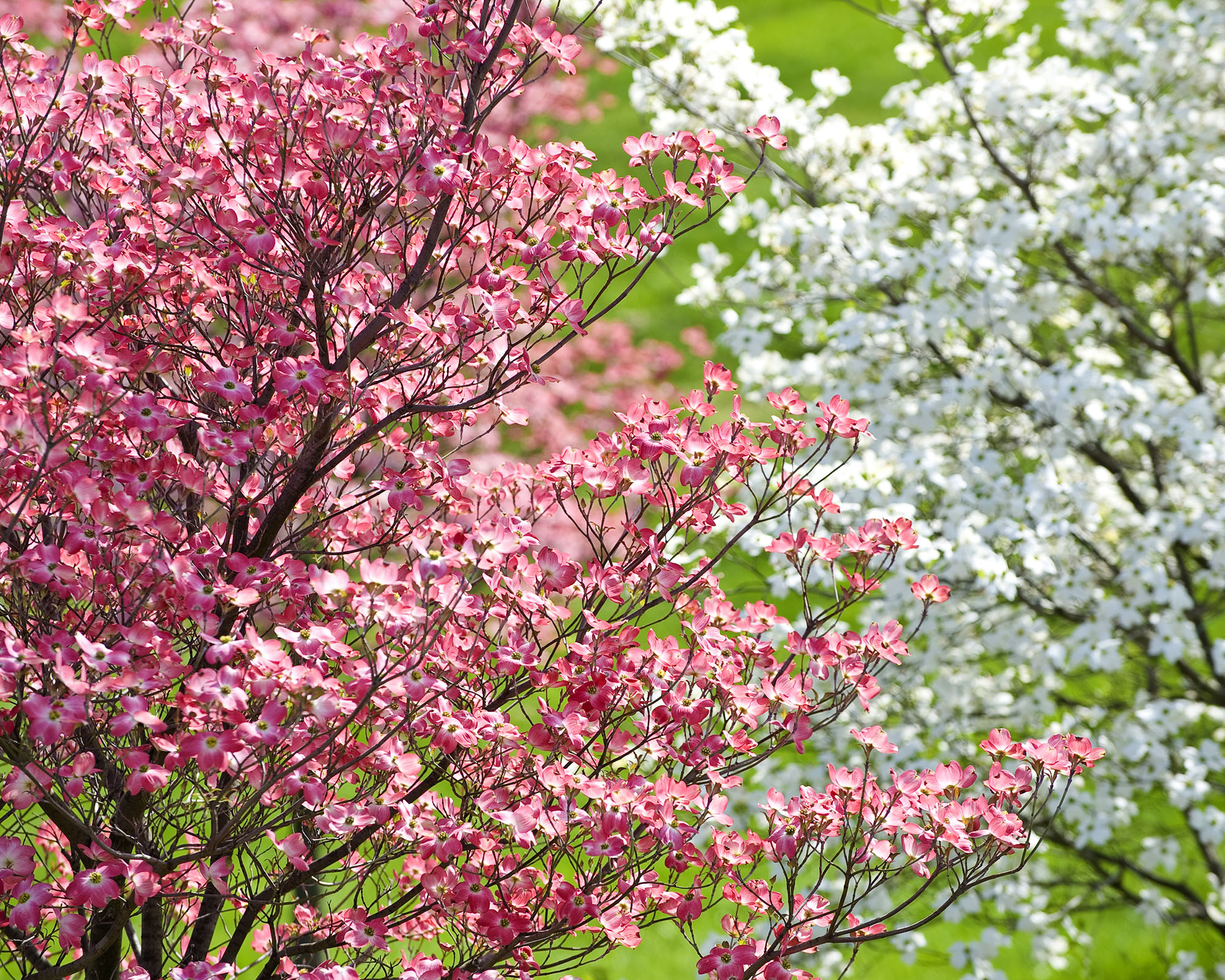
7 Small Flowering Trees That Bloom Beautifully In Compact Yards & Pots
Bring color, charm, and seasonal blooms to small gardens, patios, and pots with these gorgeous flowering trees that don't need much space to shine.
By Becca Badgett
-
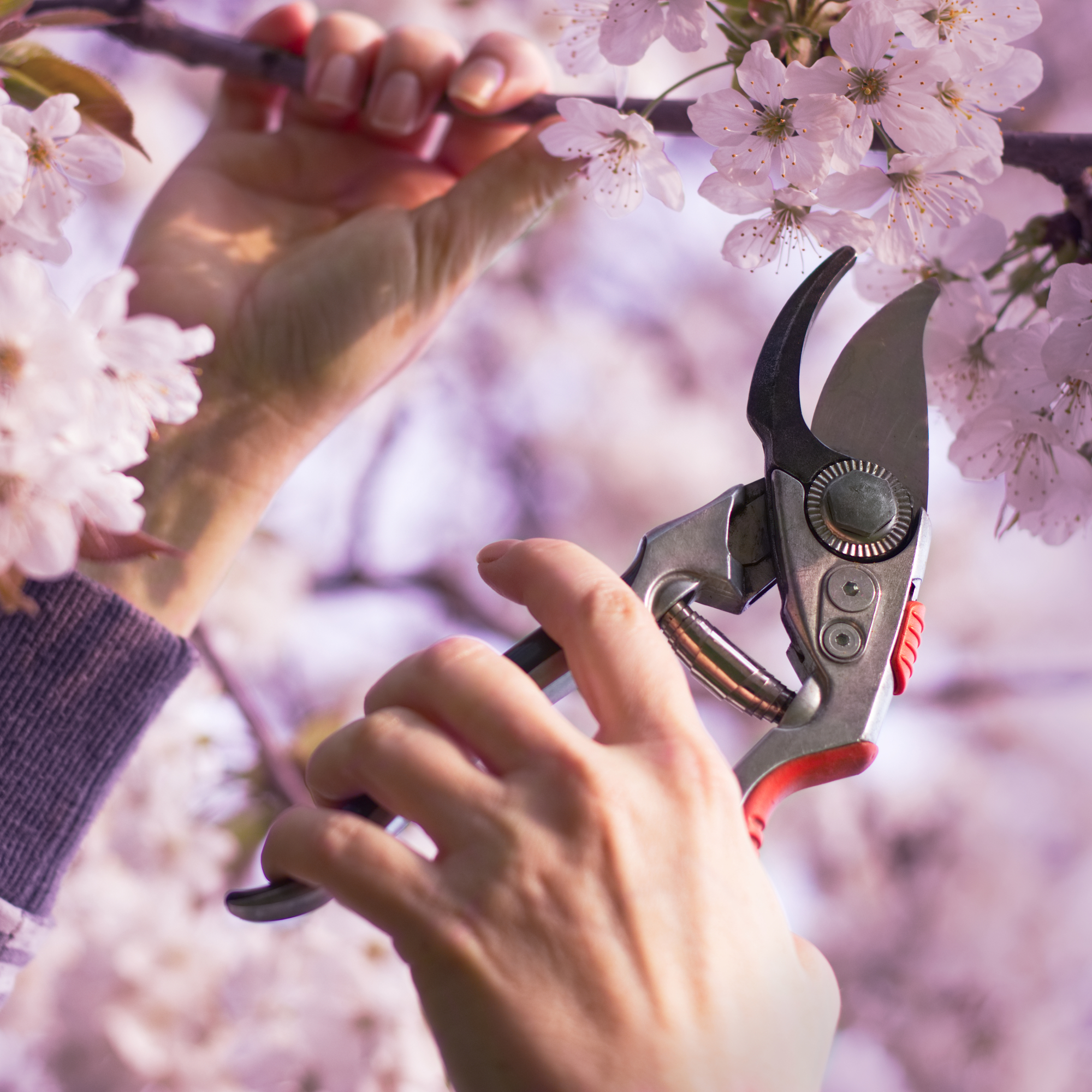
How & When To Prune Ornamental Cherry Trees, According To Experts
Ornamental cherry trees need pruning to keep things looking beautiful and produce healthy blooms each year. Learn how and when to prune for the best results.
By Teo Spengler
-
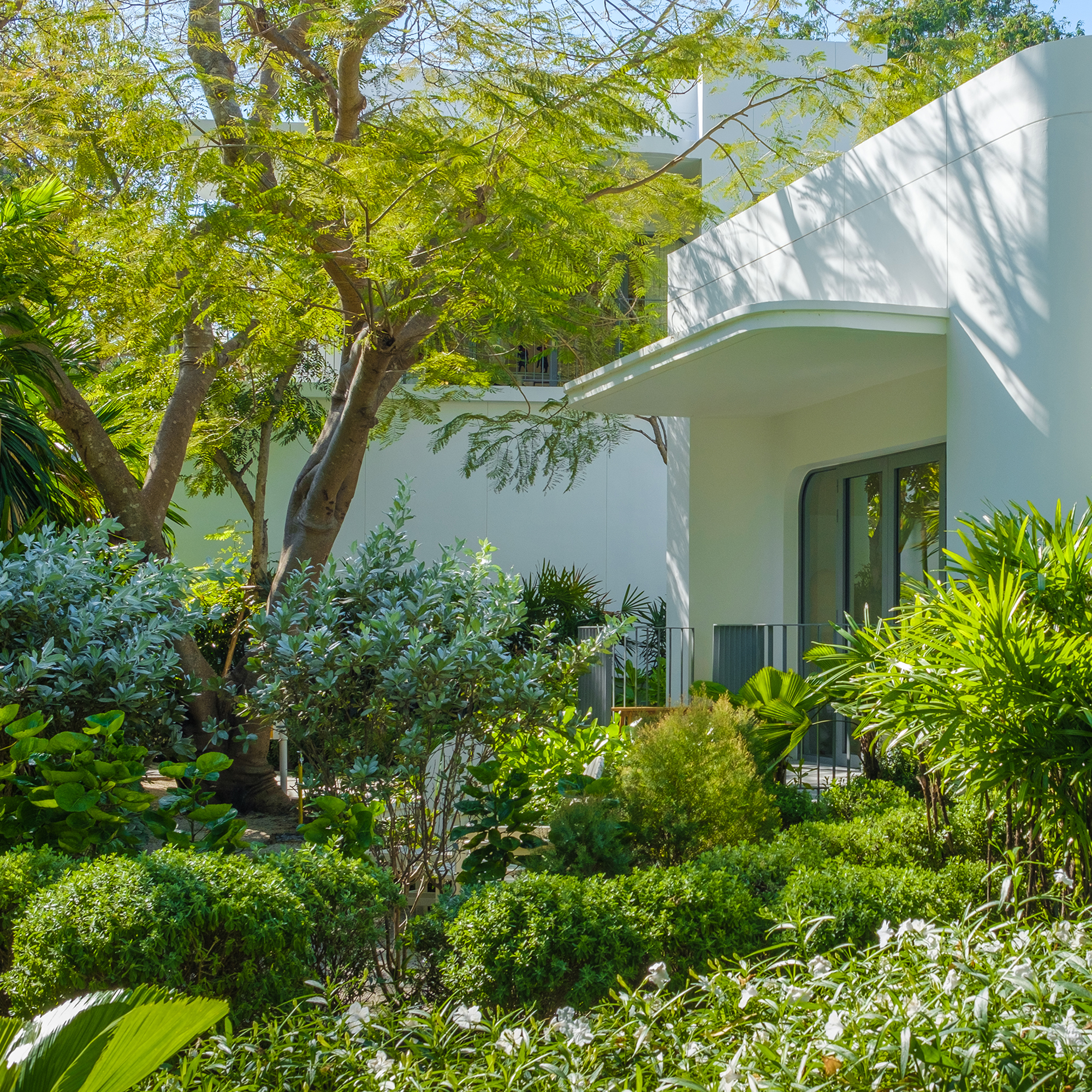
These 7 Shade Trees Will Cool Your Home Naturally – and They're Safe to Plant Close to the House
After cutting down some problem trees on her property, Laura Miller realized just how vital shade trees are to keep things cool and save on air conditioning.
By Laura Miller
-
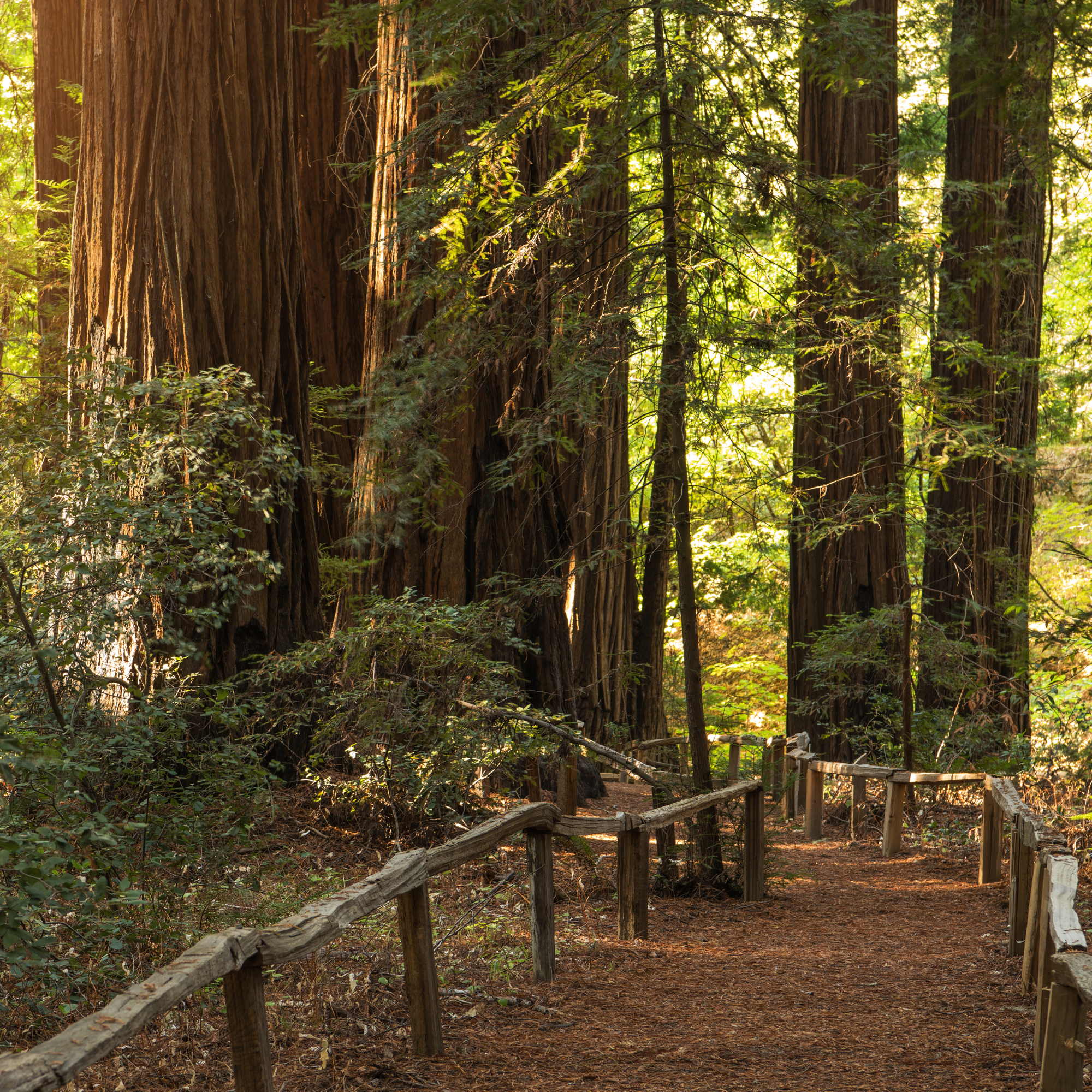
I'm a Professional Gardening Writer and Have Planted My Own Forest – These 5 Big Trees Are My Absolute Favorites
There is nothing that can put the world in perspective quite like standing under an enormous old tree. Here are my favorite big trees that you can plant too.
By Teo Spengler
-
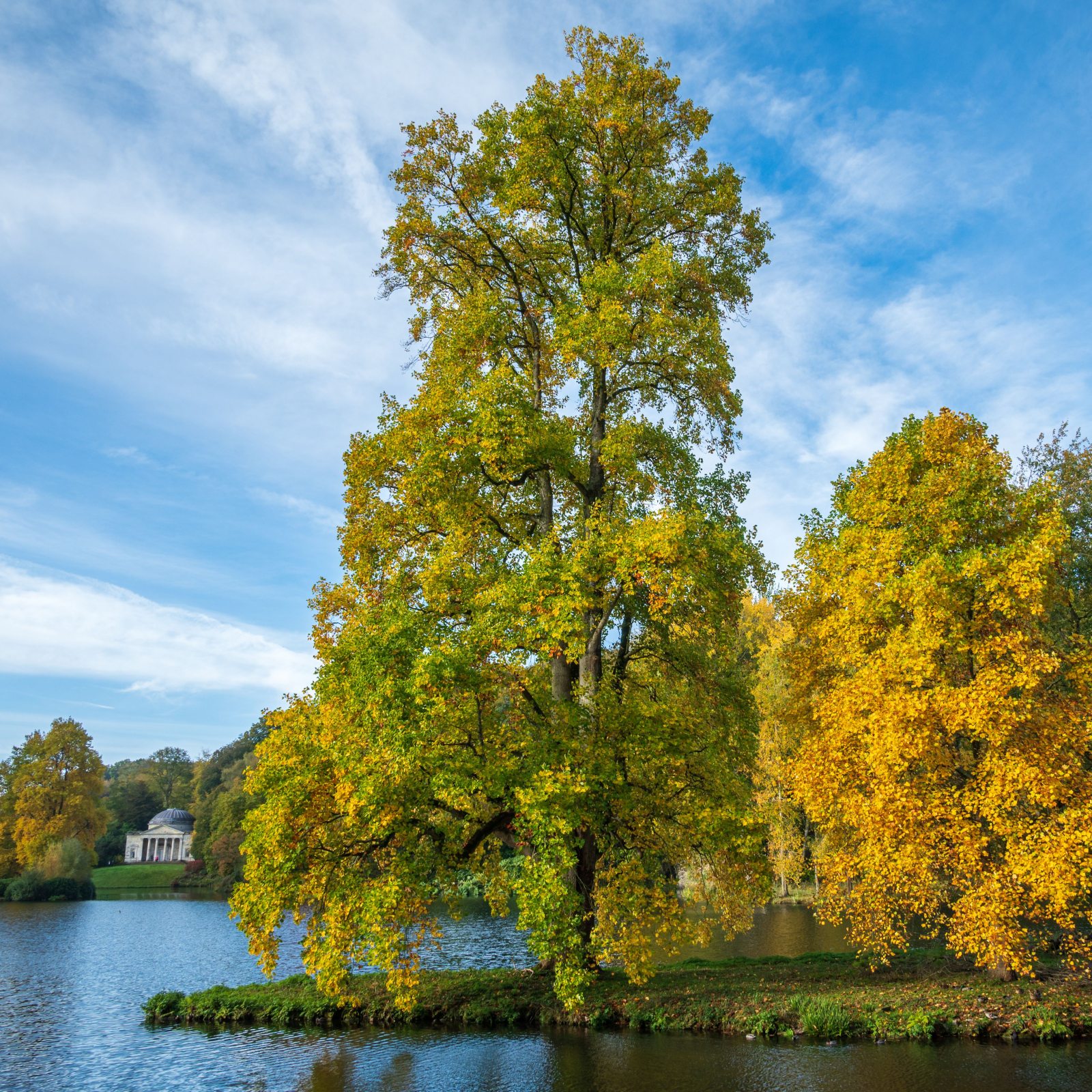
Tulip Tree Care Guide: Expert Advice To Keep Trees Healthy, Happy, And Lush
Tulip trees are big, beautiful native trees that provide great shade and increase diversity in your landscape and ecosystem. Learn how to help them thrive.
By Tonya Barnett
-
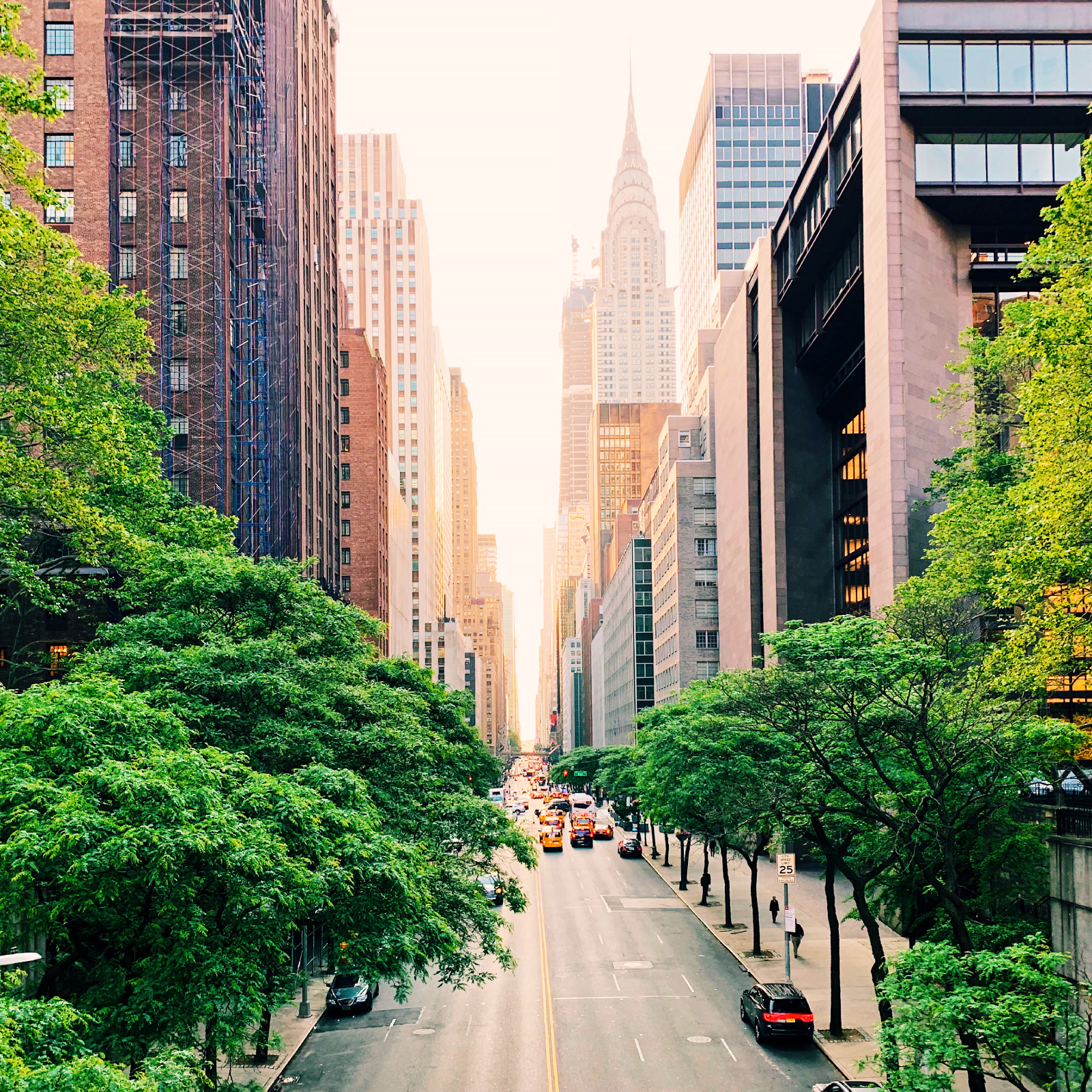
5 Tough Urban Trees That Thrive In Cities – Top Picks For Urban & Suburban Landscapes
Explore the best urban trees that will add value to even the most challenging of landscapes. Get growing with these ideas and enjoy all the benefits of trees.
By Teo Spengler
-
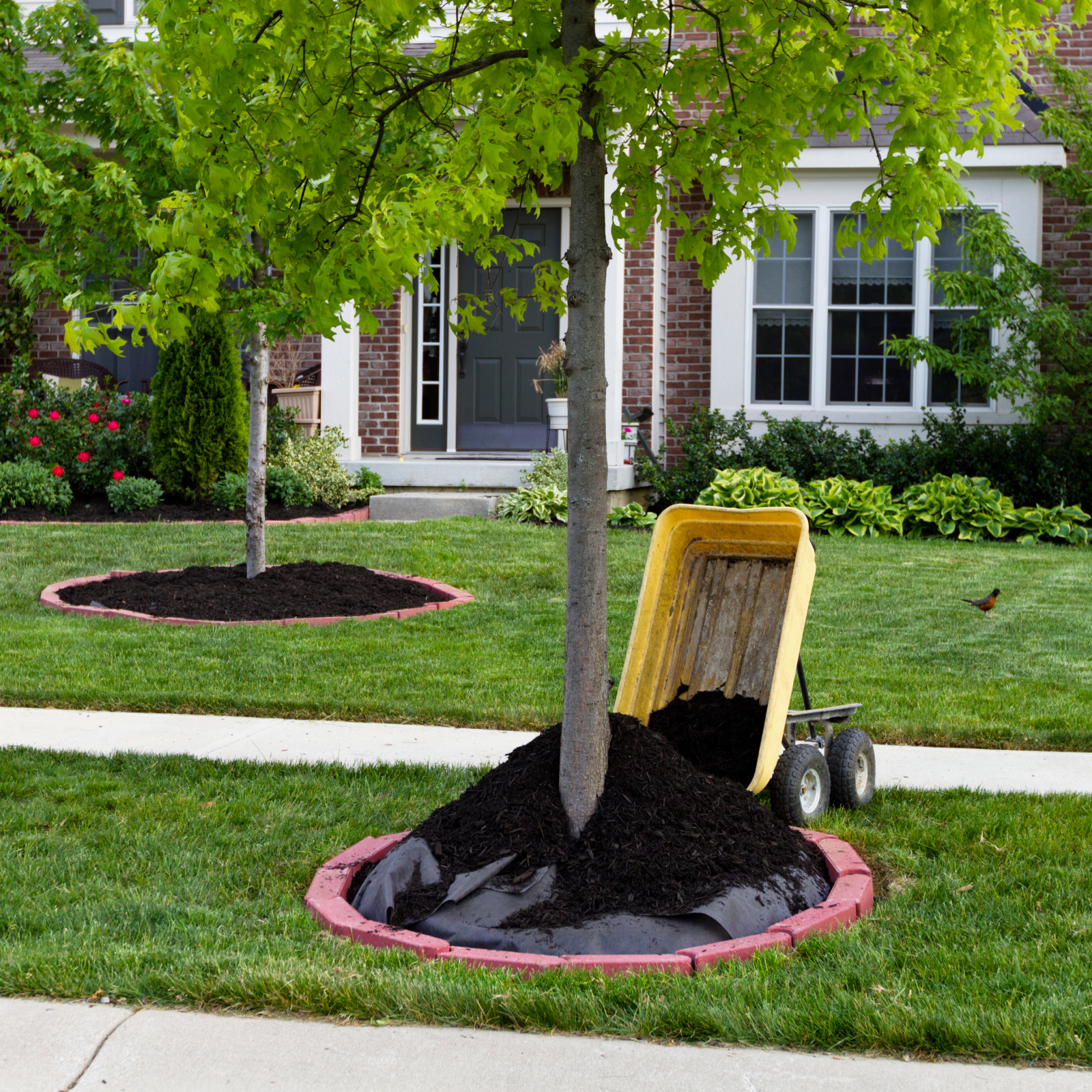
7 Common Tree Care Mistakes That Kill Trees & How To Avoid Them For Long-Lasting Plants
Are you accidentally killing your tree? It's easier than you think, if you're committing one of these common mistakes. Click here for more.
By Teo Spengler
-
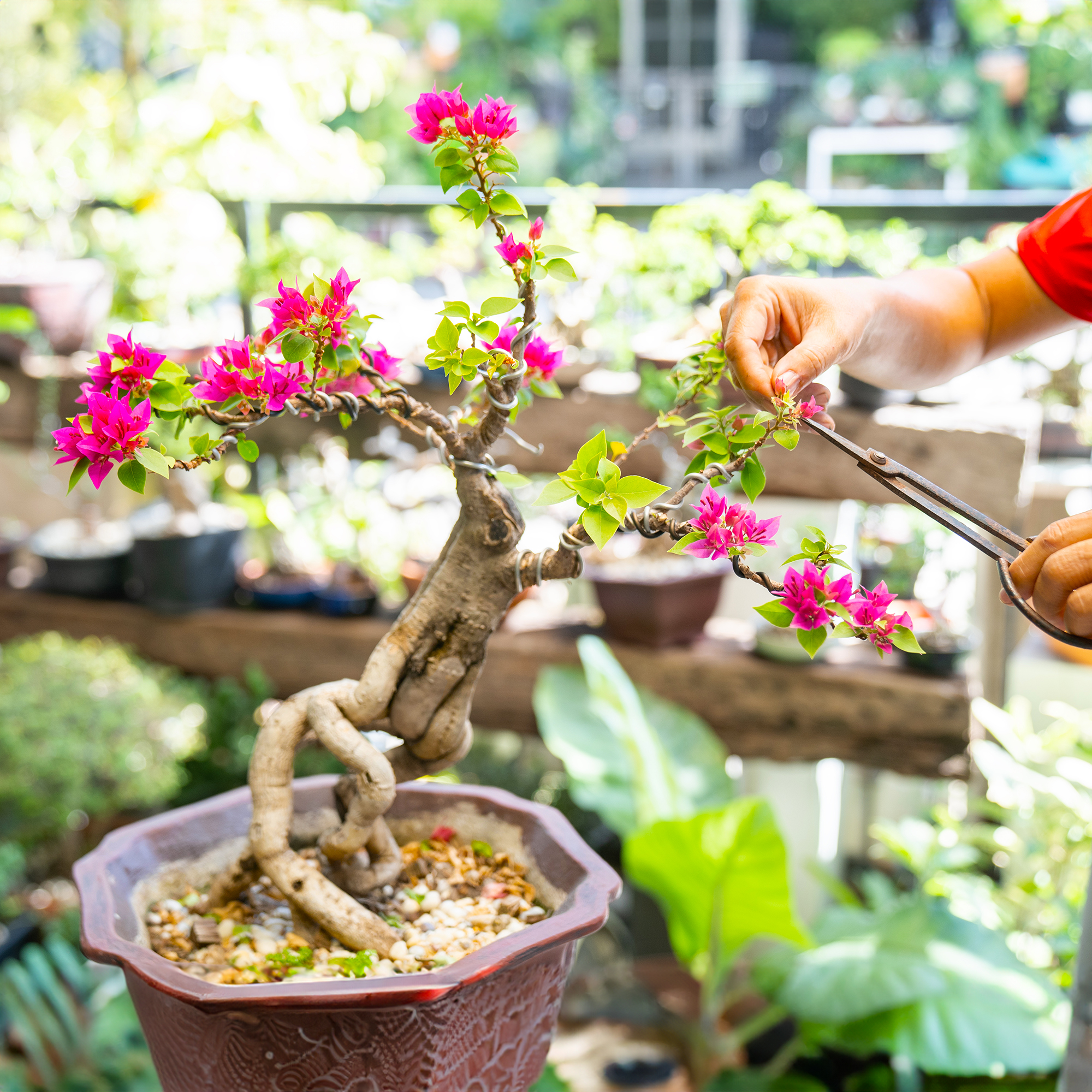
7 Unique Bonsai Trees You Should Grow For A Stunning, One-Of-A-Kind Display
Discover unusual trees you can bonsai, including fruiting and flowering varieties, to create a breathtaking centerpiece in your home or garden.
By Mary Ellen Ellis
-
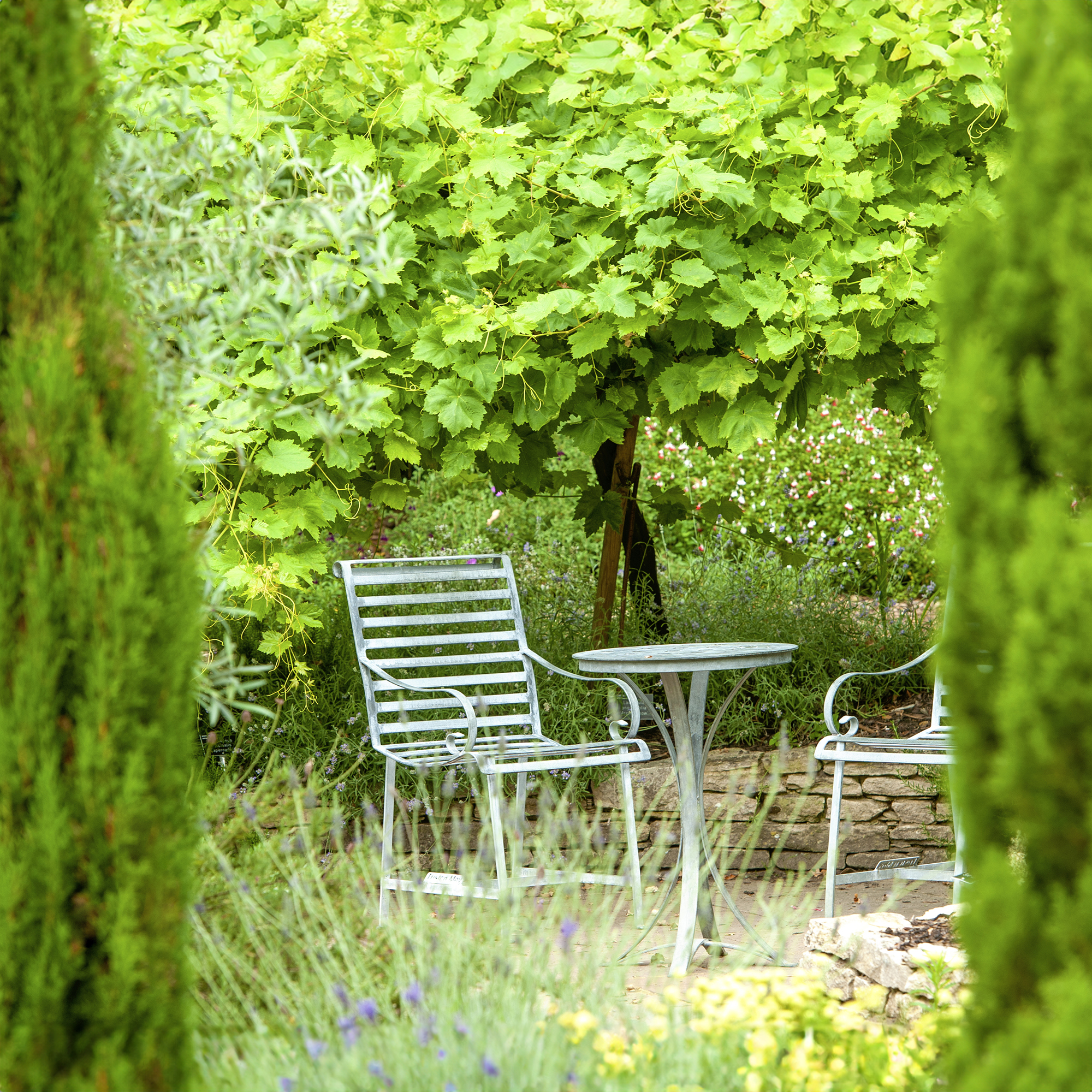
7 Stunning Small Privacy Trees To Transform Your Yard Into A Secluded Oasis
Create a lush, private haven with these beautiful, space-saving trees – perfect for adding greenery and seclusion to even the smallest gardens.
By Mary Ellen Ellis
-
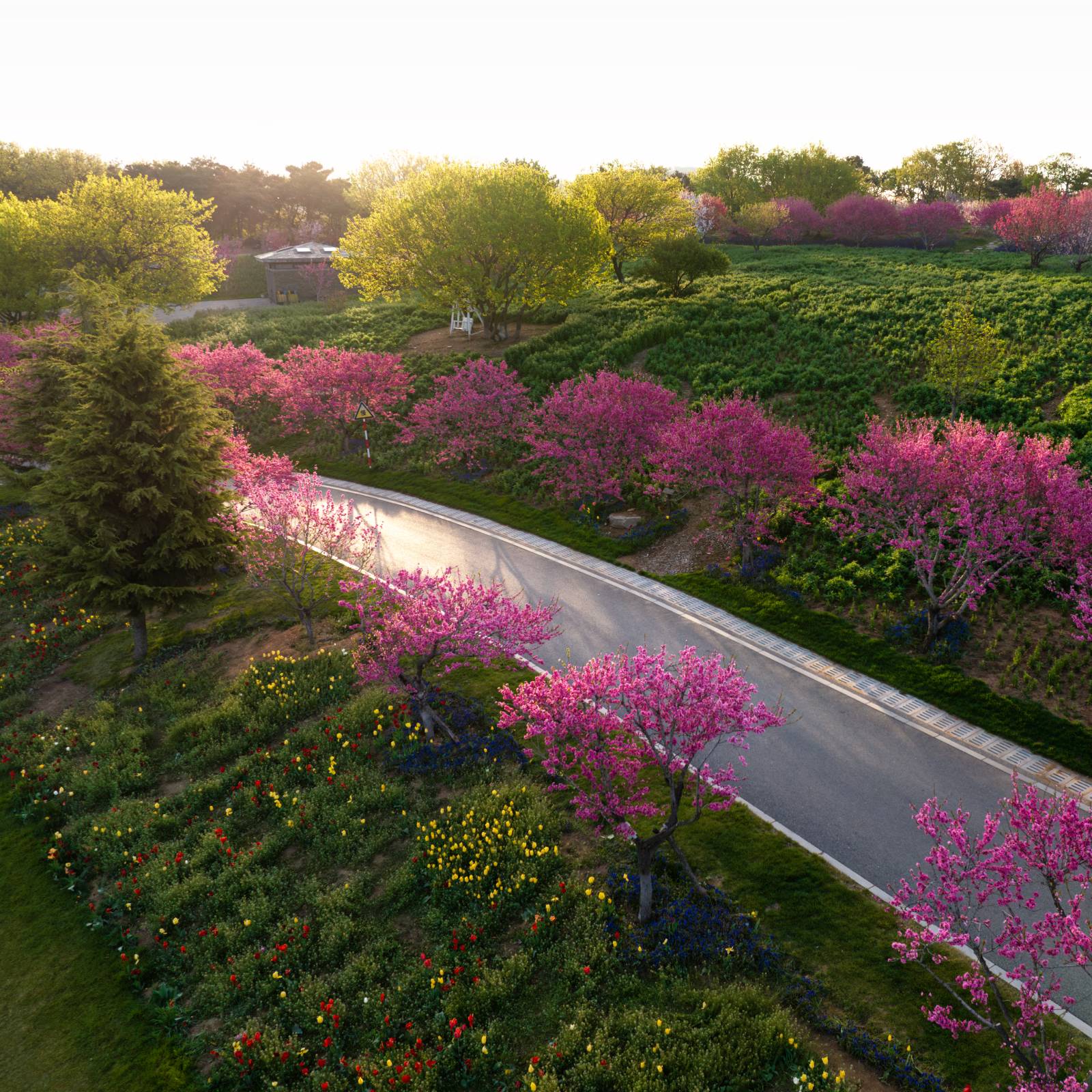
Best Trees To Plant Next To A Road – 8 Lovely Varieties To Line Streets
Deciding which is the best tree to plant next to a road or street means considering its size, root system, and sun exposure. Here are some that work best.
By Teo Spengler
-
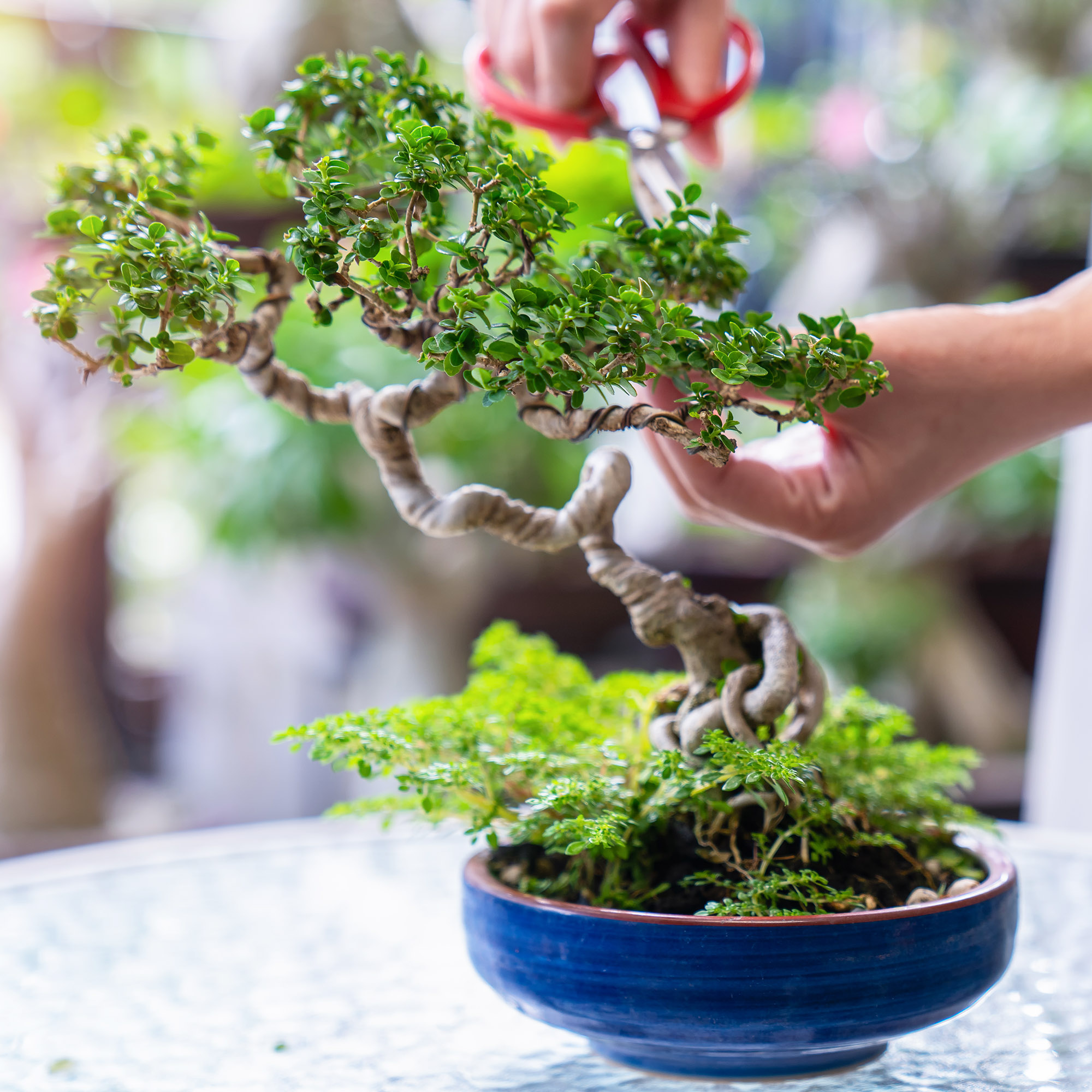
7 Best Bonsai Trees For Beginners: Easy Options That Are Simply Stunning
Discover the easiest bonsai trees to grow that bring beauty and serenity to your space. Perfect for beginners ready to start their bonsai journey!
By Bonnie L. Grant
-
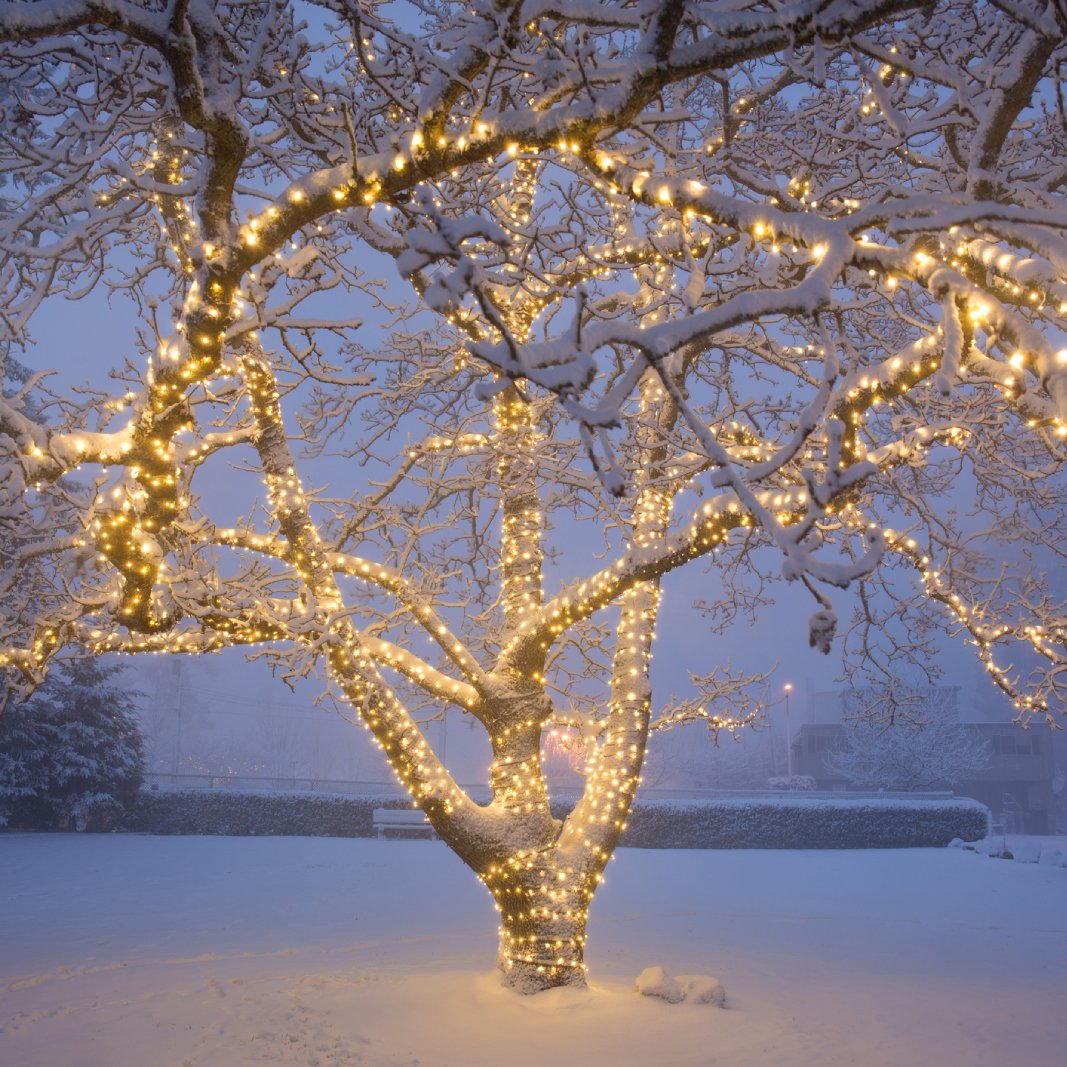
How To Put Lights On A Tree Outside – The Right Way To Wrap A Tree For A Dazzling Display
The holidays are on the horizon and we’ve been wondering how to put lights on a tree outside. Fortunately, our experts have the answers.
By Amy Grant
-
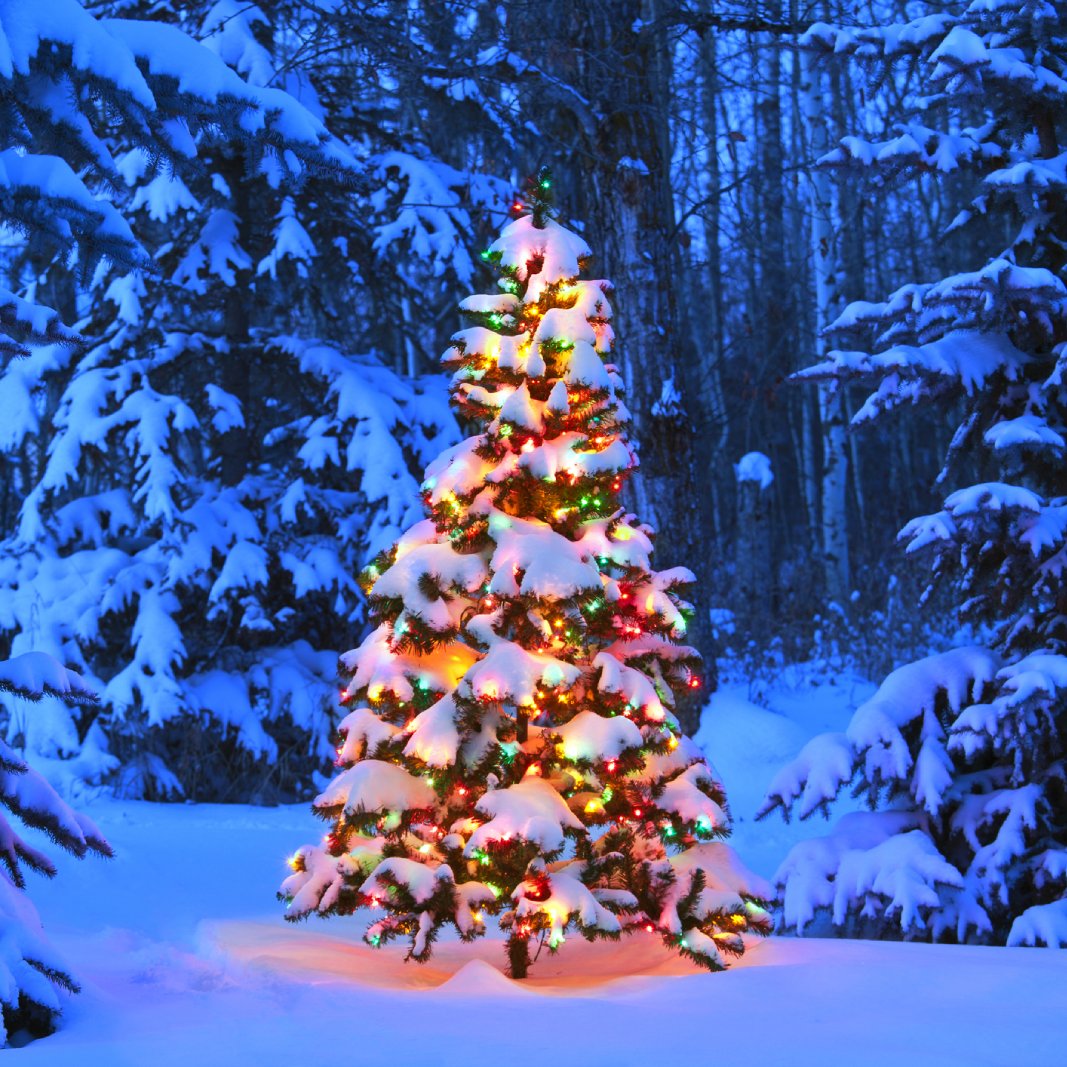
Can You Replant A Christmas Tree After The Holidays? Here’s How To Do It Successfully
Christmas is a time to create fond memories and what better way to keep a memento of Christmas than by planting a Christmas tree out in your yard? Here's how.
By Bonnie L. Grant
-
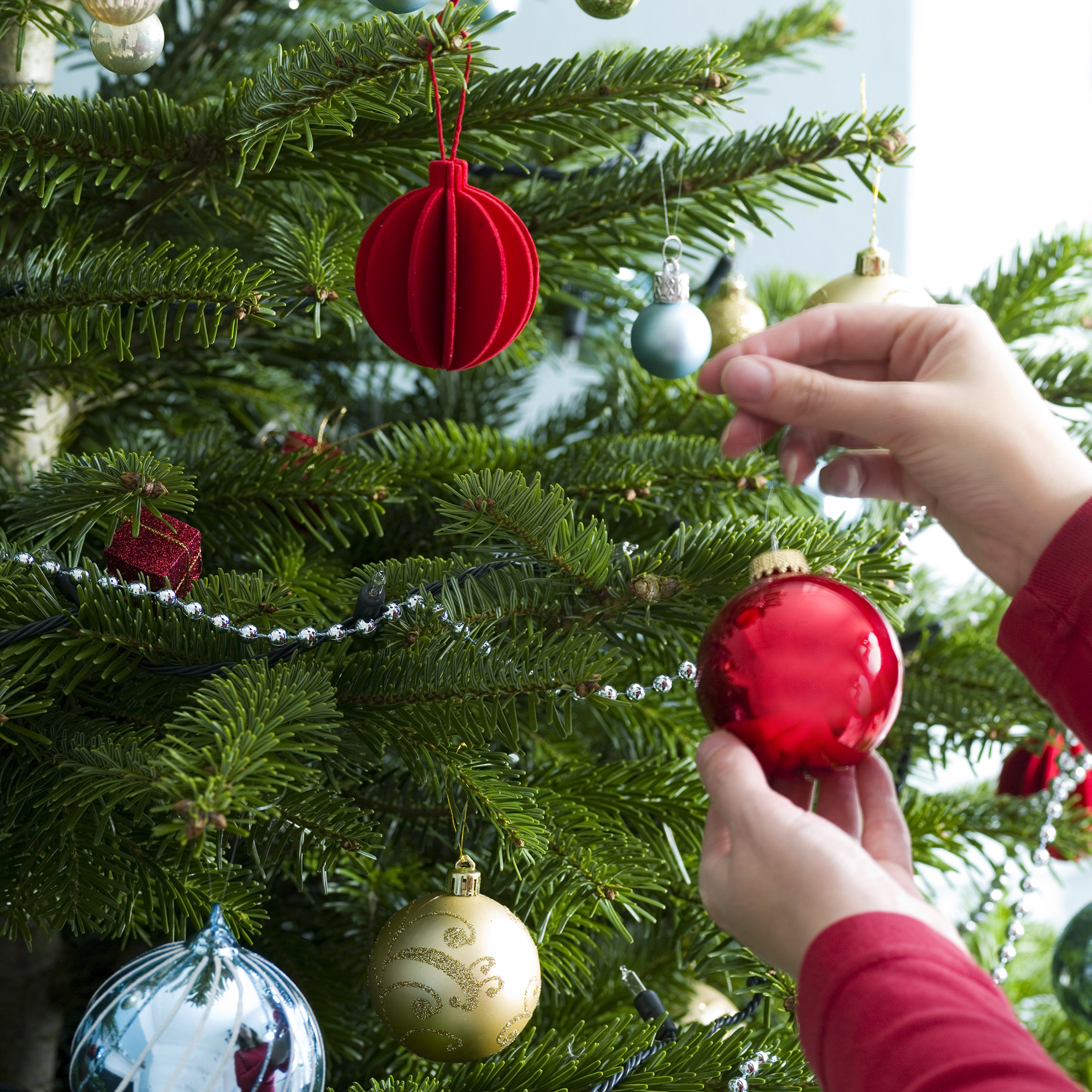
6 Real Christmas Tree Problems To Watch Out For – And How To Fix Them Fast
Get back to enjoying the glory of your natural Christmas tree with our guide to troubleshooting common issues, from needle drop to watering woes.
By Bonnie L. Grant
-
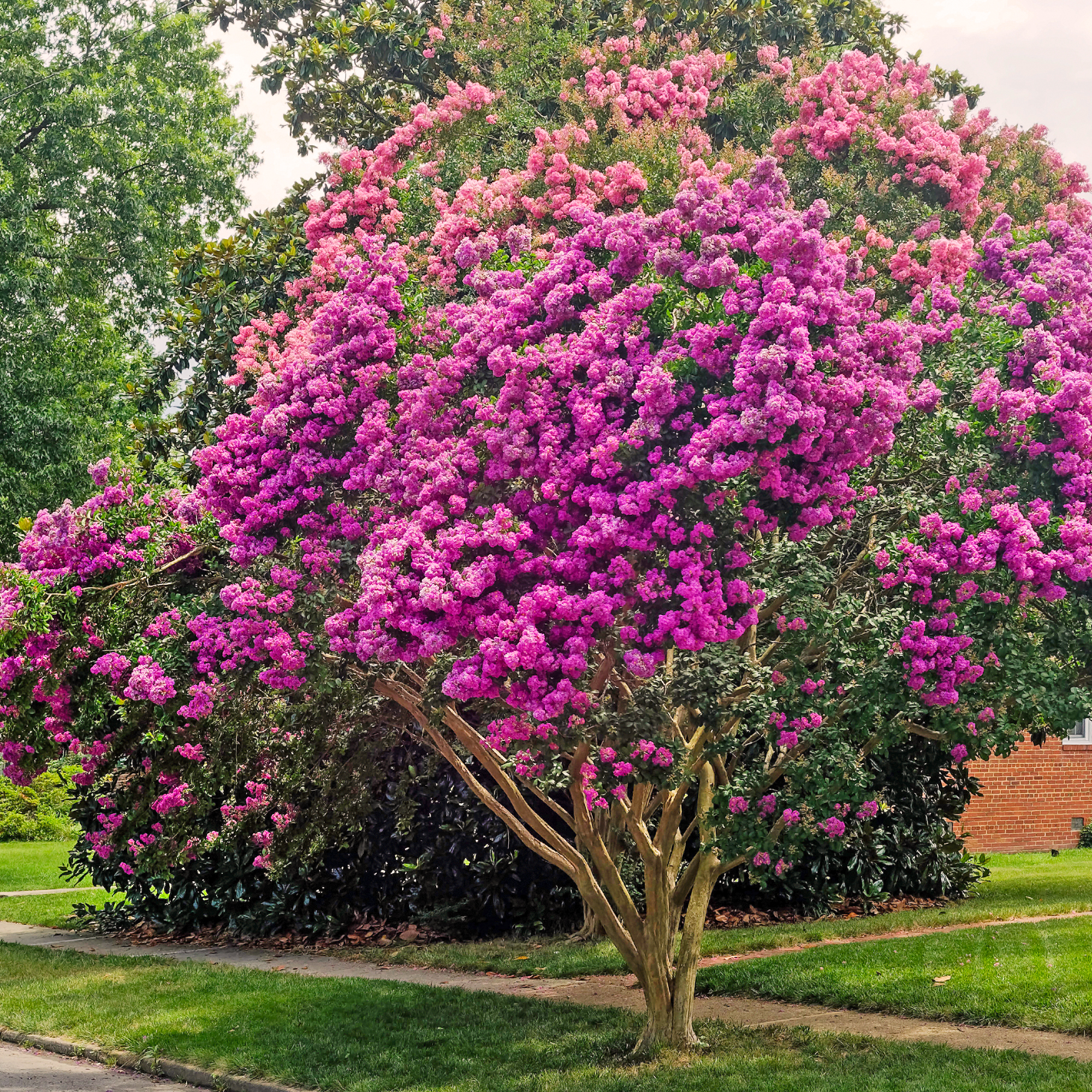
8 Low-Maintenance Trees With Wow Factor: Plant These Easy-Care Landscape Heroes
Discover low-maintenance trees with maximum impact – these leafy beauties require only minimal care, but their rewards are plentiful.
By Mary Ellen Ellis
